Product Renders
7 Types of Backgrounds
Product renders are one of the most effective and frequently used types of CGI for marketing campaigns. Their variety provides visuals for all kinds of promotional materials, both traditional and digital. Just a few background changes for a single product can create a wide range of visuals for all possible marketing channels – e-commerce websites, advertisements, catalogs, blogs, etc.
Let’s imagine a situation – a furniture company has been using the same background for product photos for years but recently it has become more ineffective at keeping viewers’ attention. Particularly, the traffic rate of its e-commerce website has been getting lower and lower with each passing day. That’s why furniture manufacturers decided that it was time for a change and started to think about advancing visual materials for the product pages on the website. Ordering many new product photos with different backgrounds is too expensive as it requires a large-scale photoshoot as well as at least a few sets. So how can the furniture company experiment with product pictures without spending a small fortune on them?
Product rendering is the answer they’re looking for as it’s a much more effective and cost-saving way to try new marketing materials. Learn more about background options for product renders and how they can help to present items in the best possible way.
#1. White
The white background is considered the most common among all types of 3D product renders. It’s much easier to demonstrate all the details of a product in a neutral white color backdrop without any distraction to the environment. This feature of such product renders is essential for showcasing the competitive advantages of any item.
Moreover, the white background of 3D renders looks cleaner and more professional which helps to bring the attention of the viewers to the main item. Particularly, the neutrality of the background is perfect for highlighting the design details and functions of a product. That’s why it’s often used for catalogs, interactive website elements such as 360-degree views, and e-commerce stores’ product pages.
#2. Compositional
The compositional background which also can be called “a background according to specified criteria” is another widely used option. But what is it exactly? Imagine that we have a task to create product renders for a dining table but a manufacturer wants it to be shown in an interior design scene with different decor details.
In order to complete such a request, it’s necessary to take into account the concept of a given product and show it in the most beneficial way, thereby combining a 3D object with everything around it into one composition. Creating product renders with a compositional background includes working on such photographic elements as symmetry and asymmetry, focus, the balance of subjects, space allocation, framing, etc.
#3. Gradient
The gradient is a smooth transition from one color shade to another which explains the look of such a background very accurately. It’s not the most obvious choice for product renders but many manufacturers and marketers want to try unique options for their marketing visuals. That’s where a gradient background comes in handy.
The best way to create the transition of shades on product renders is to study the color scale in order to understand which hues are combined smoothly and which are not. Also, it’s necessary to take into account the temperature of each color. The combination of cold and warm shades will ruin the main idea of a 3D render – viewers will be focused on the contrasting background rather than the product itself.
#4. Architectural Space
Architectural space is an umbrella term that includes all forms of construction – from complex rooms in different styles to minimalist construction elements. Often the background in the architectural space implies only several walls and a floor with a neutral color. In this way, realistic product rendering breaks “the fourth wall” and makes viewers focus all their attention on the main item. For example, a manufacturer wants to show their leather sofa standing on an elegant Persian carpet to highlight the luxury design of their product. For this purpose, a 3D artist chooses a scene that won’t be too distracting for the audience but will be able to outline the product’s benefits on the render.
#5. Architectural Geometry
Another way to create supporting details for the main object in product renders is by using architectural geometry. For this type of scene, 3D artists add several architectural elements to the otherwise monochromatic background. It will create additional accents for a product and complete its look. For instance, moldings on the walls, ornaments on wallpapers, and different textures of architectural elements make product renders much more detailed and exquisite which is always good for marketing goals.
#6. Subject
This type of product render’s background must be chosen specifically for the main object in terms of color, form, or style. A 3D artist has to be very careful while picking the elements for a scene – they have to complement a product but not distract from it. On the other hand, if a CG specialist chooses dull supporting objects for an appealing product, they can make it look less beneficial. Most often, background subjects for furniture 3D renders are decor, all kinds of accessories, and other interior elements.
#7. Style
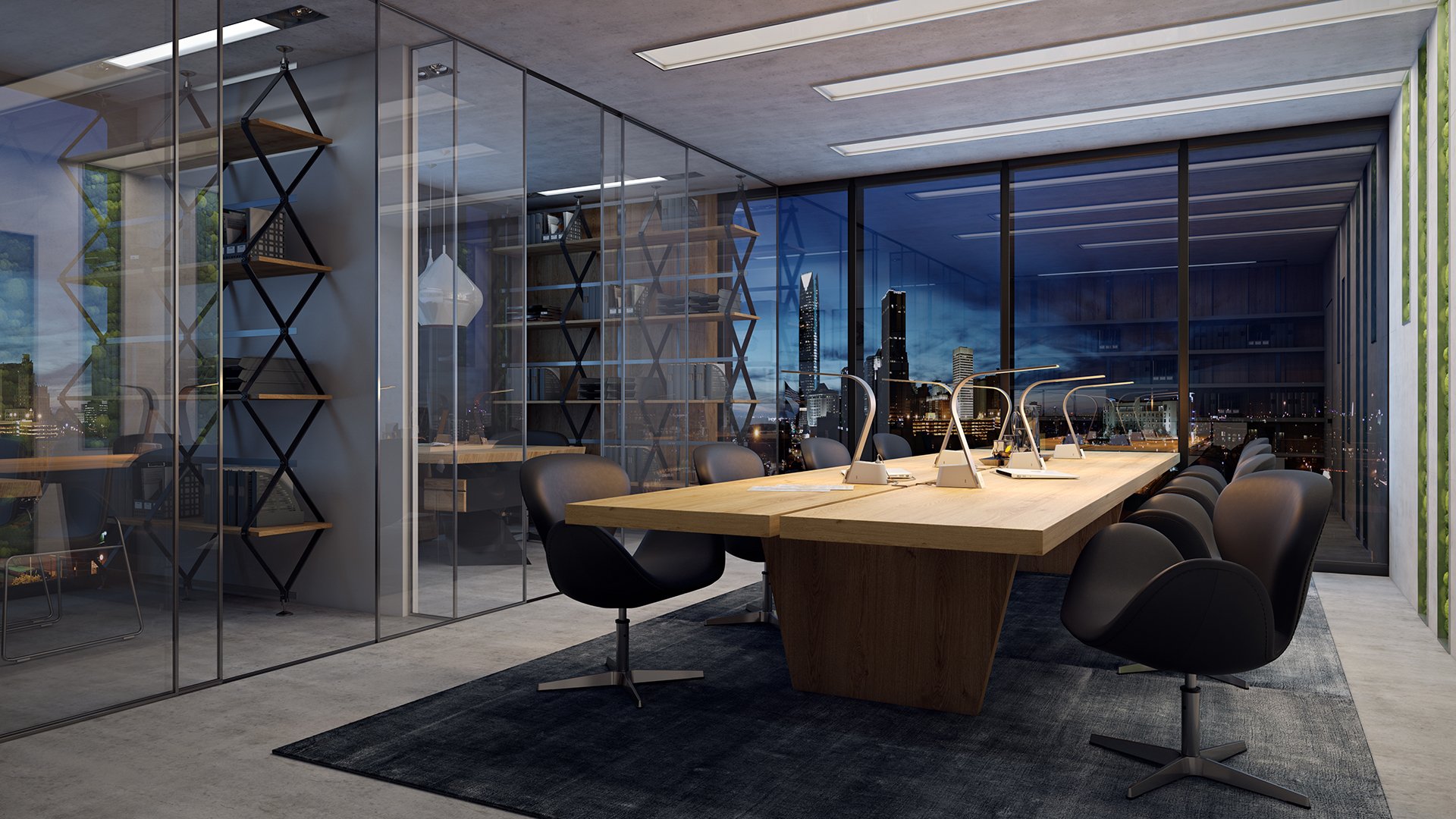
Depending on the style and design details of a product, 3D artists decide on the equivalent direction for the background. In this way, the main object looks natural in the created environment which makes the concept of a product render much clearer for viewers. For example, if a product is an armchair in a classic style, choosing the traditional interior design will be the best decision. Likewise, a minimalist bed will be a perfect match for Scandinavian, industrial or urban design style.
Choosing a background for product renders is one of the most important parts of the whole process. It influences not only the whole look of an item but also helps to express the idea of a Manufacturer. The correctly chosen type of background for a certain product highlights its benefits without destructing viewers from the “main hero” of a render. Using the information of 3D scene options above will help to pick the best variants for a product and get the most jaw-dropping visual materials.
Want to use top-notch product renders for your marketing campaigns? Contact CGIFURNITURE for 3D rendering services and take your promotional materials to the next level.


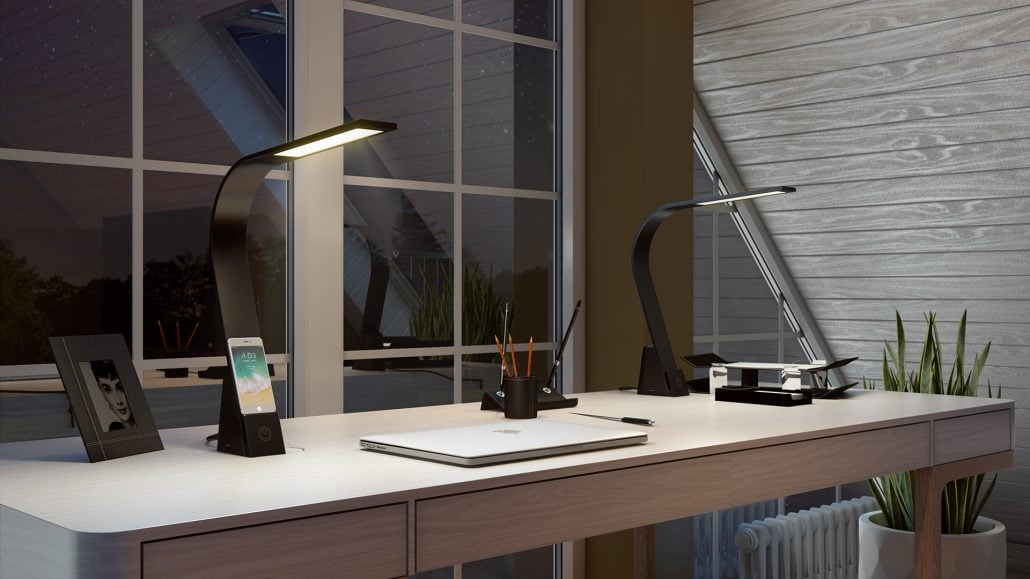
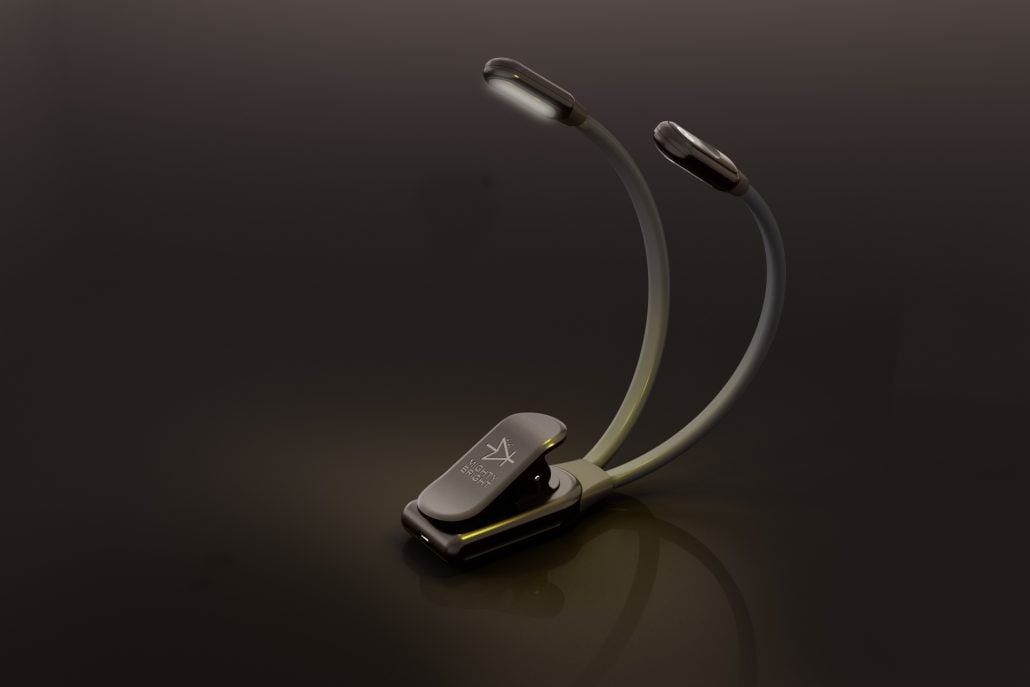
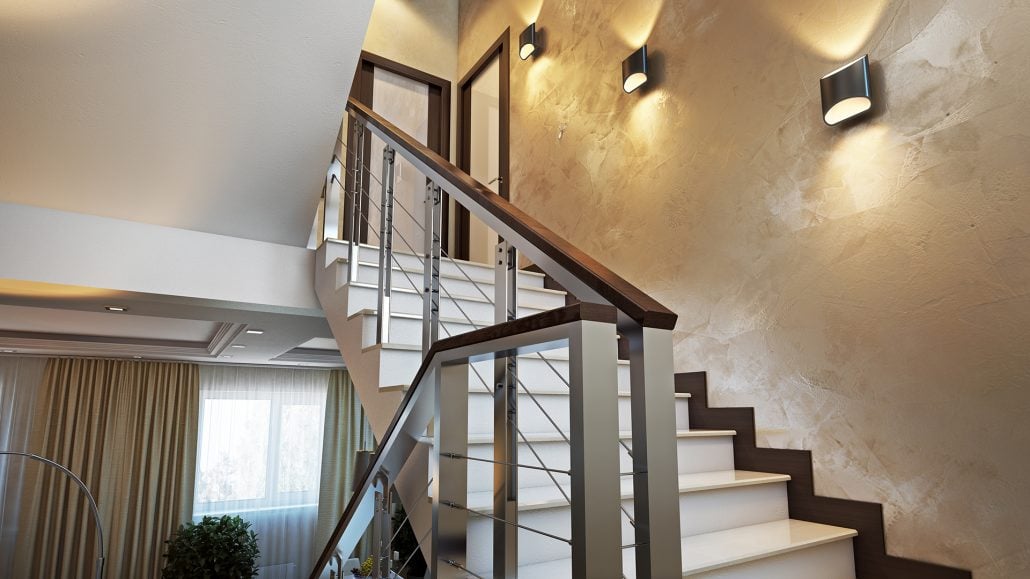
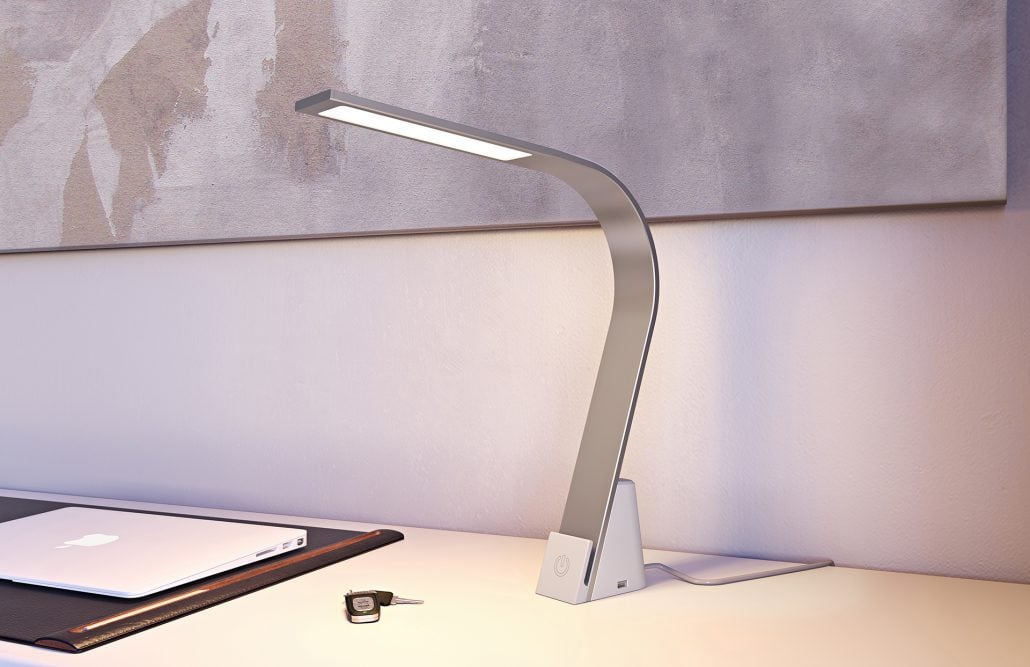



Leave a Reply
Want to join the discussion?Feel free to contribute!